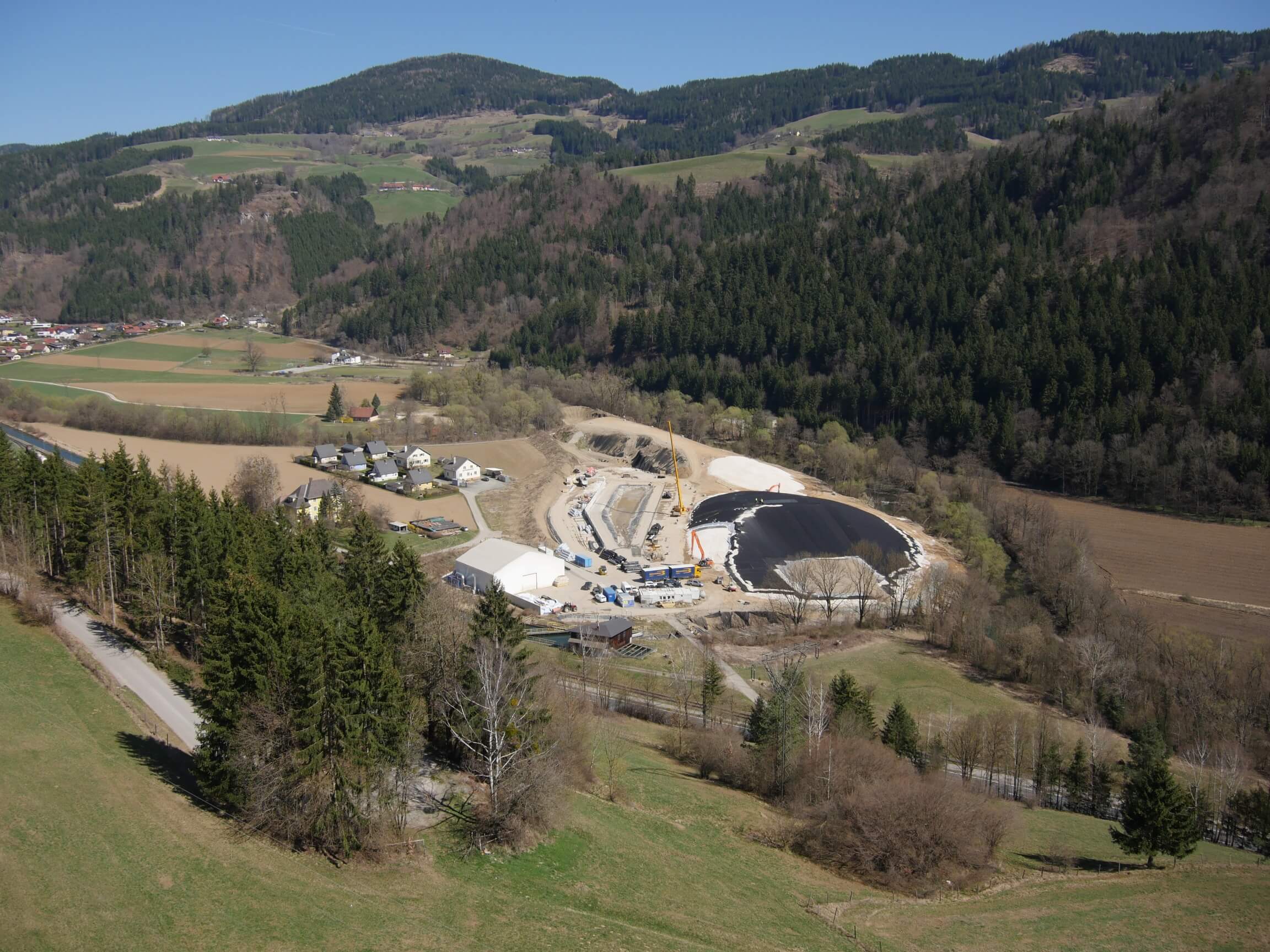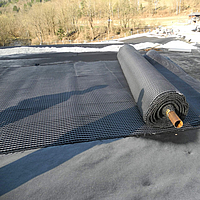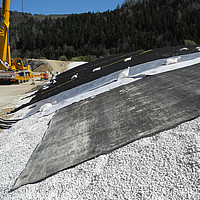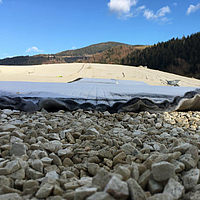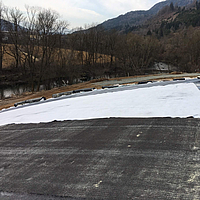Securing of the Contaminated Site K20
Project information
Active Cover Lining
Brückl, AT
IAT GmbH
IB GWU
Earthworks: ARGE Porr-Strabag, Sealing
works: IAT GmbH
November 2016 – Dezember 2018
Project details
The K20 contaminated site, a former industrial landfill, is situated roughly one kilometer south of the town of Brückl in the lower part of the Gurktal valley in Austria. It was in operation between 1926 and 1981, filled with different waste materials including carbide lime, chlorinated hydrocarbon- (CHC) and mercury-polluted waste. The deposited CHCs mainly comprise tetrachloroethylene, trichloroethylene, hexachlorobutadiene, hexachloroethane and hexachlorobenzene. The total quantity of CHCs was estimated at between 100 and 1,000 tons. In 2009, a notice was issued to remediate the K20 site through the complete removal of all waste material and utilising, treating or disposing thereof. During 2014, hexachlorobenzene was detected – among other things, in locally produced food – nearby the cement plant assigned with the treatment of the polluted lime sludge, the clearance of the contaminated site was discontinued. The remaining waste material still left on site required a new remediation concept, since another pan-European tender for the treatment of it ended unsuccessfully.
In consultation with all the involved approving authorities it was decided to secure the K20 on site. An essential part of the remediation concept is the multifunctional and multilayered geosynthetic cover sealing. This innovative cover lining system comprises an calcium bentonite mat, a activated carbon mat, an LDPE membrane with integral CHC-proof aluminum layer and a cuspated HDPE drainage element with a filtration nonwoven laminated on one side. The activated carbon mat, consisting of nonwoven layers encapsulating an activated carbon layer, decreases the CHC concentration below the overlying membrane and this reduces the driving force for the diffusion through the lining system. The geotextile layers of the composite ensure the mechanical stability of the activated carbon layer. By virtue of its history, the K20 site has a highly irregular topography. While typical landfill slope gradients of between 1:3 and 1:2 are found in many parts of the site, certain areas exhibit short breaks in the slope with inclinations of up to 70°. This necessitated extensive contouring works to flatten out these areas to gradients of 1:2 maximum.
For this reason, two layers of geogrid of suitable strength were also installed. A 65 cm thick layer of cover soil was placed to protect the sealing and stabilisation layers. The final layer of humus fill will be vegetated, acting as erosion protection and coordinating the site with the surrounding landscape. In addition to the cover sealing system the groundwater will be protected by the construction of a 15 to 35 m deep cut-off wall in combination with a permanent drawdown of the ground water level. The polluted water is being pumped out and cleaned with activated carbon.
